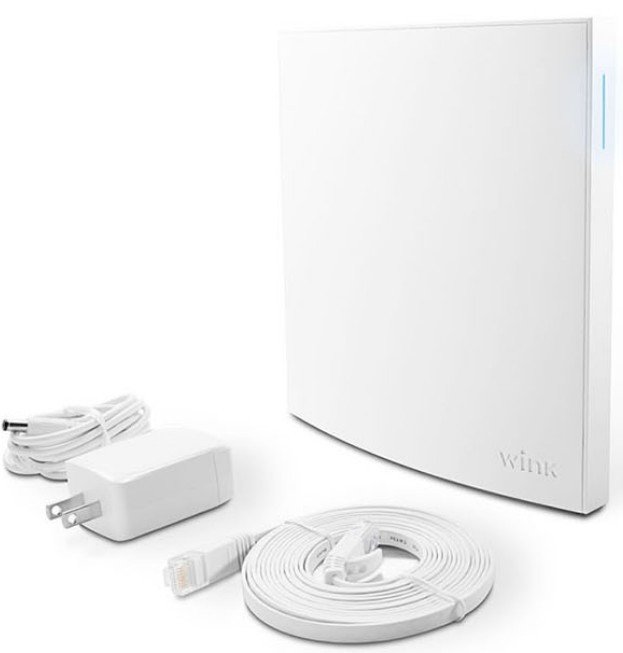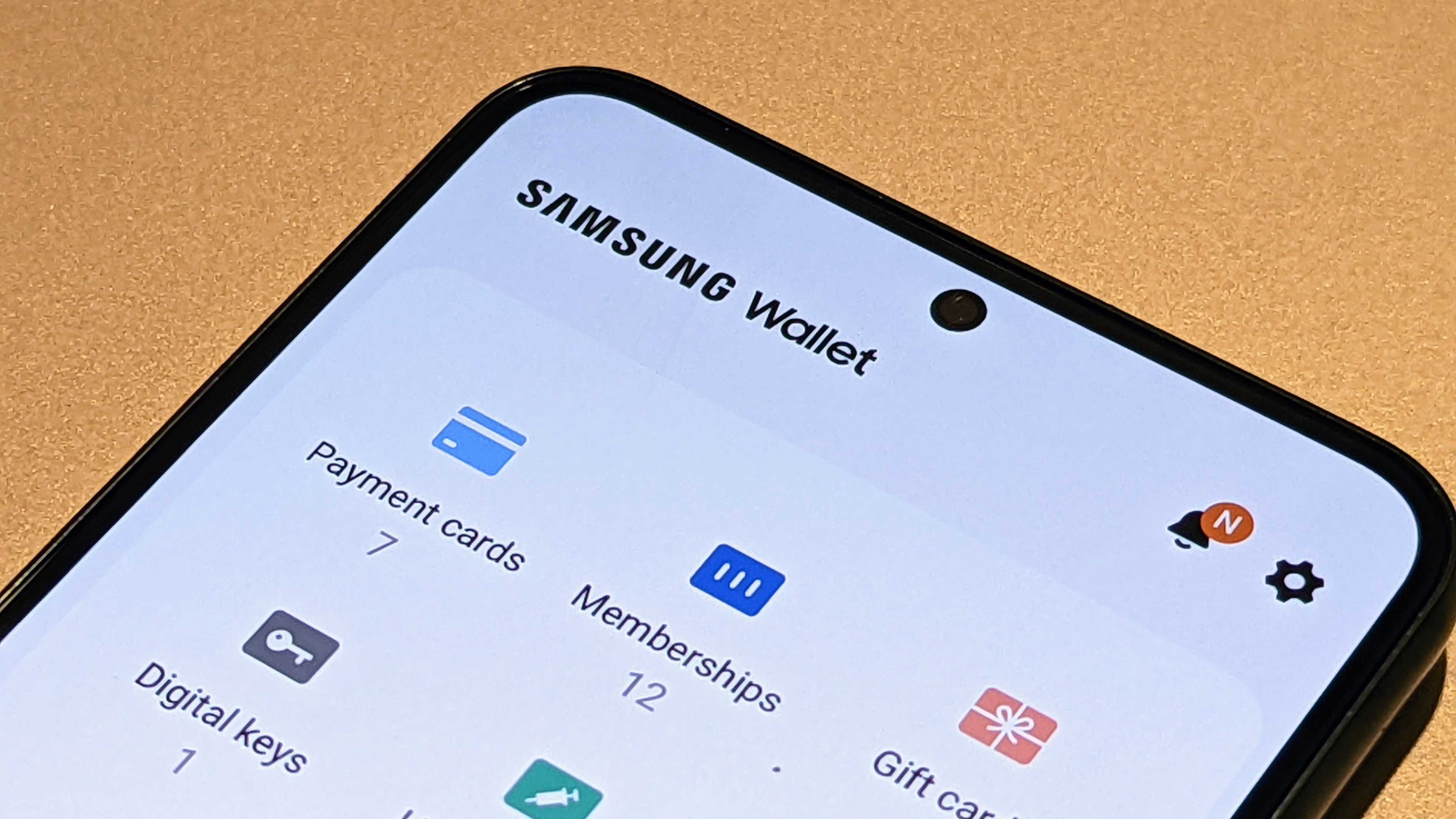Wink was between a rock and a hard place, and it chose not to make your Wink Hub a brick
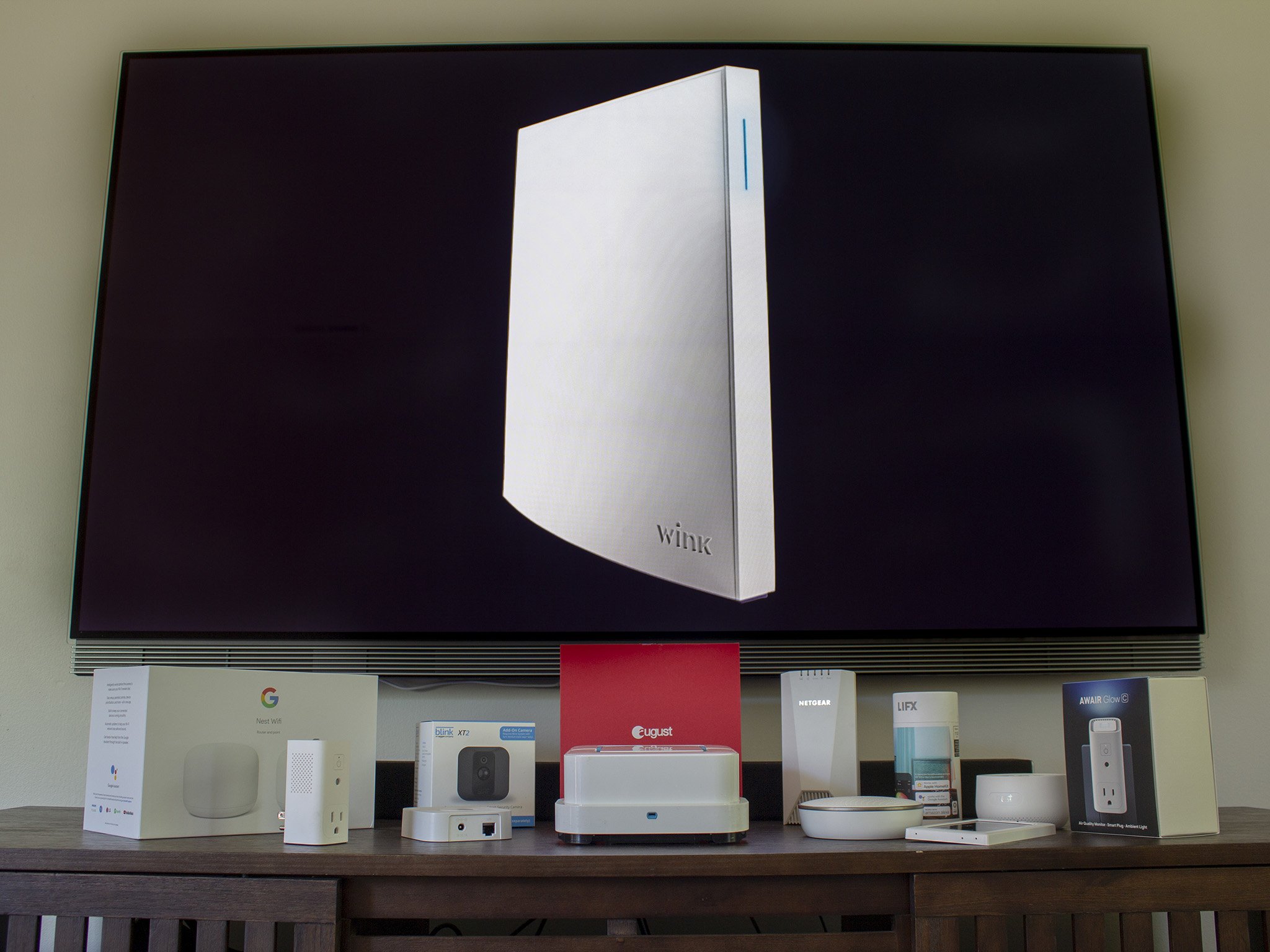
If you're a Wink Hub owner, doubtless you've heard the news. Starting on May 20, your Wink Hub will either be a completely useless brick, or you'll be paying $5 per month for services you used to enjoy for free. Owners of the Wink Hub have been understandably outraged. It doesn't matter if you bought a Wink Hub back in 2014 or if you just purchased one last week; you bought it under the guise of paying for the hardware and getting a service for free.
Let's look at the bright side of things before we begin, though. We've seen tech companies go out of business overnight and, as an effect of products requiring an always-on connection to some server, the products you love are suddenly completely useless. Anki, the company behind great connected toys like Overdrive, Cozmo, and Vector is a perfect example of this happening when it went out of business last year. Wink could have done that, but it didn't. Instead of bricking the Wink Hub you know and love, the company decided to evolve with the times.
For many, though, it's going to be hard to accept this new reality. After all, the Wink Hub was designed to bridge the massive technology gap that exists between smart home devices. It was, basically, supposed to be the savior of the smart home, creating a platform-agnostic way to connect everything that you love together. Unfortunately, for customers, Wink's business model was always unsustainable. To understand why, though, we need a reality check. Let's start, first, with the concept that Wink laid out for its customer base and why it was doomed from the start.
The Internet is not a box

As a basic concept, the Wink Hub is a box that you buy and hook up to your home network. Much like a home router, it's designed to be purchased once and run forever. The biggest problem here is that the Wink Hub isn't a self-contained machine. In order to talk to all your smart home gadgets, it doesn't just need to connect to them locally via whatever protocol they might use (Wi-Fi, Bluetooth, Zigbee, etc.), it also needs to connect back to the company that originally created your smart home hardware. This interconnection requires Wink's own service in order to function, and that service has to be created and maintained by a team of individuals.
If you're not in software development or IT, you may simply be unaware of the scope and cost required to maintain a service as robust and complex as what Wink has been able to put together in the past six years. While the box you have in your home cost money to develop and manufacture, the price you paid for it likely included a fair bit of profit for Wink. That profit quickly disappears when considering Wink's scope.
Wink has to pay for the servers that Wink Hub and the Wink app connect to. They have to pay the Internet connection and electricity bills for the building, the office space, and the maintenance therein. Keep in mind that Wink HQ is based in Manhattan, a place not known for cheap rent or living expenses. Wink also has to pay the salaries for its development team, who has been given the increasingly-difficult task of somehow linking devices from companies wholly unwilling to work together or establish any sort of standard method of communication.
A troubled history
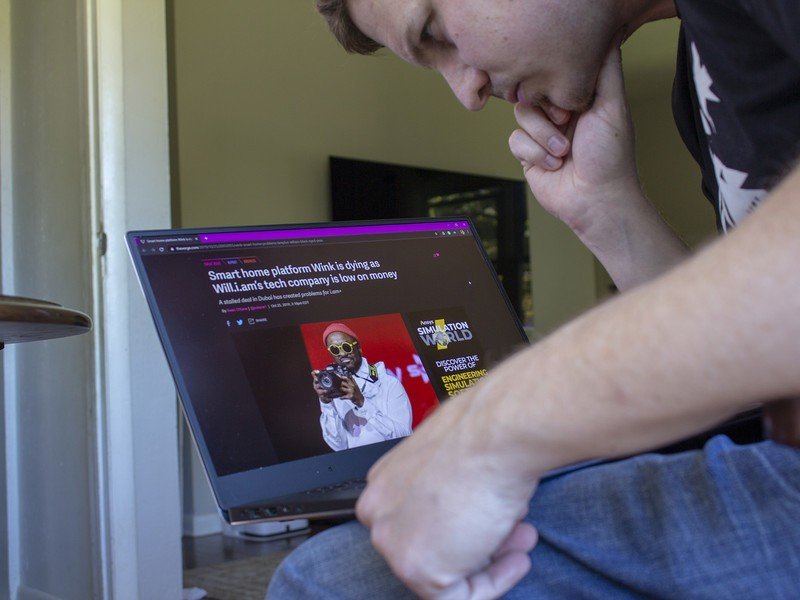
For a time, Wink was able to pay its development and maintenance costs with its business model, but recent events have shown that business model to be too rigid to deal with change. Wink hasn't released a new Hub in nearly three years, and its service went down several times in 2019 alone because it simply couldn't provide the resources to maintain the complex network it had developed. Last October, The Verge obtained documents showing that Wink owed millions in back taxes and that employees hadn't been paid for weeks at a time, showing a company in danger of being out of business at any moment.
Be an expert in 5 minutes
Get the latest news from Android Central, your trusted companion in the world of Android
But Wink has been in flux for years now. It was birthed as a spin-off of a company called Quirky. Wink was then sold off to Flextronics when Quirky filed for bankruptcy, and then in 2017, Wink was acquired again — this time by musician will.i.am's fledgling tech company, i.am+. Through the years, Wink's acquisitions provided Wink with the capital it needed to keep going. After all, its entire business model relied on the sale of hardware without having the additional income from a subscription or from the sale of personal user data and metrics, as other companies do.
Wink even struggled to keep its one-and-only source of income in stock for several months at a time near the end of 2018 and well through 2019. On top of not adding new customers to the table and, therefore, adding additional income to its coffers for a significant period of time, Wink also struggled to keep the lights on and develop new integrations during that same period of time. That's bad for new customers and for existing customers, as Wink saw its popularity dry up as quickly as it rose.
Keep in mind, too, that the Wink Hub 2 is a whopping $100. That's not exactly a lot of room for massive profit margins to fuel a company for years. It's certainly not expected of consumers to do immense research on a company's financial footing before purchasing a well-reviewed product, and Wink Hubs have almost always received good reviews. So how the heck did consumers get to this point, and what can we do to prevent this from happening again?
Impossible expectations
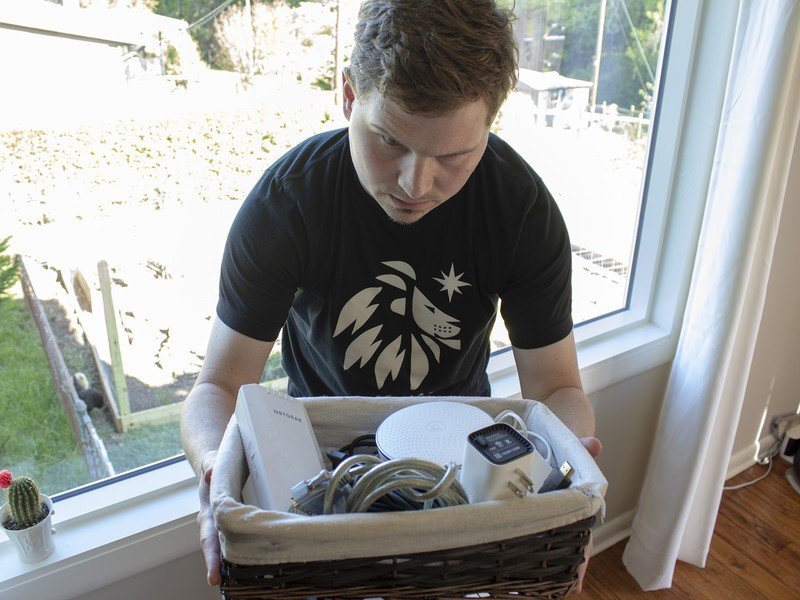
Part of the problem is in the paradigm many users view smart devices through. We've been conditioned to expect things around our home to work until they break, or until we feel their style is out of date. Smart home devices cannot operate like this because, in large part, they are connected to the Internet and must be maintained for security reasons. We've seen the havoc that can be wreaked when a device doesn't get updated or accounts aren't properly secured, as these things open paths for hackers and miscreants to enter into your home.
Other smart devices, like smartphones, have also caused a paradigm shift in how we perceive value. Many apps are free or extremely cheap and generally reflect the relatively inexpensive nature of their development. Smart home devices are significantly more complicated and expensive to develop and maintain than most smartphone apps, and that's because a smart home device isn't just an app; it's hardware, software, and the entire ecosystem that makes up the product line from a company.
Part of the curse of the modern design of "smart" devices is the assumption that anything and everything can be free. Don't want to pay for an app or service? Go find a free version. Don't want to pay money to unlock the next level in a game or buy coins to keep your weapons leveling up in an RPG? No worries, you can just wait a little while or watch an ad. There's almost always a way to get around paying for something, and it's poisoned the way we think about how workers get paid in a digital economy. But what's the true cost of free things? Privacy or, rather, a lack thereof.
This is the cost of privacy
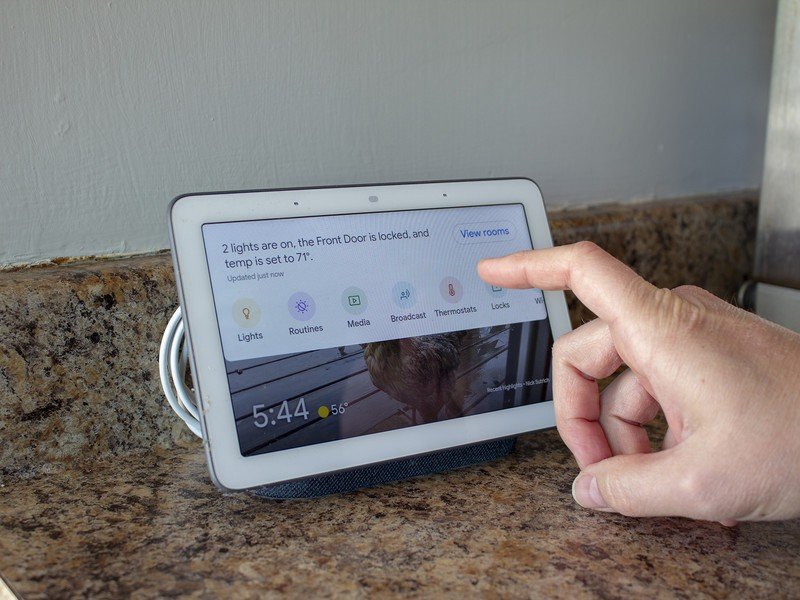
One of the pillars of Wink's philosophies has been to preserve user safety and privacy as diligently as possible. As was said before, Wink's entire business model was based on the profit made from the sale of Wink Hubs. As far as we can tell, Wink did an excellent job of keeping private user information from prying eyes. Aside from the usual onus of protecting against outside threats and data leaks that every company has, Wink specifically chose to not sell data on its users in order to make a profit, thus providing a safe haven in the world of smart, connected products.
Compare that with companies like Amazon, Google, Facebook, and any host of other companies out there that regularly sell your data to advertisers so that they can make billions off you just living your life. Sure, you could use Google Home to organize all your smart home devices into one place, but you know your data is being used in some form or fashion to make Google money.
Consumers have become increasingly aware of these facts and seem to be slowly moving toward companies, products, and services that respect our personal data privacy in higher regard, but that shift comes at a literal cost. Just as big agriculture can produce cheap food because it receives subsidies from government entities, big tech has been able to provide free and inexpensive products because it subsidizes that cost with the sale of your personal data.
The possibility of a brighter future
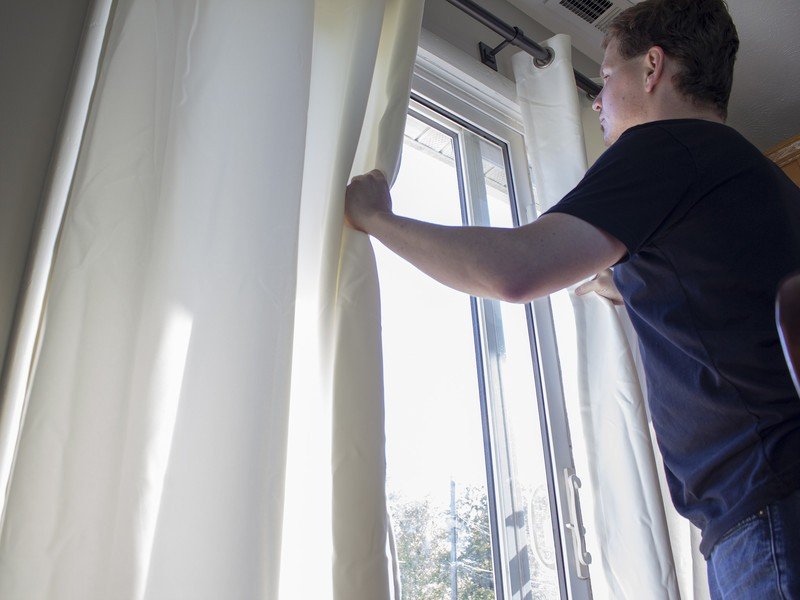
Wink was birthed out of the frustration users felt when buying smart home devices from more than one company and finding out that linking them together was a terrible experience. Adding a monthly subscription to a service people already have been using for free is definitely a frustrating matter. It's something I personally wish Wink wouldn't have to do, but it's also something I understand is a necessary "evil" as part of getting workers paid and keeping my personal data private.
Yes, you can switch to a software-only service like IFTTT, or continue using Google Home or Amazon Alexa to help bridge smart devices in your home, but the draw of a Wink Hub is that it's an all-inclusive hub for all your smart home devices. It's also the absolute easiest way to get things working together, and anyone who's ever used one completely understands that. Otherwise, you're stuck with a bunch of devices that need to be connected in several different ways, like having to use a Philips HUE bridge for your Zigbee devices and probably being stuck with only locally controlling your Bluetooth devices.
The best alternative is Samsung's SmartThings, which holds many similarities to Wink in a plethora of ways, but even that might not do everything you want and it's likely way more complicated than Wink's tools. With all these choices and the daunting task of setting everything up again and somehow recreating all those tasks you've spent hours and hours on, $5 a month really doesn't seem all that bad. No one wants another monthly subscription added to their budget. I certainly don't. But this is one that could certainly be worth paying for if Wink continues to hold up its end of the bargain.

